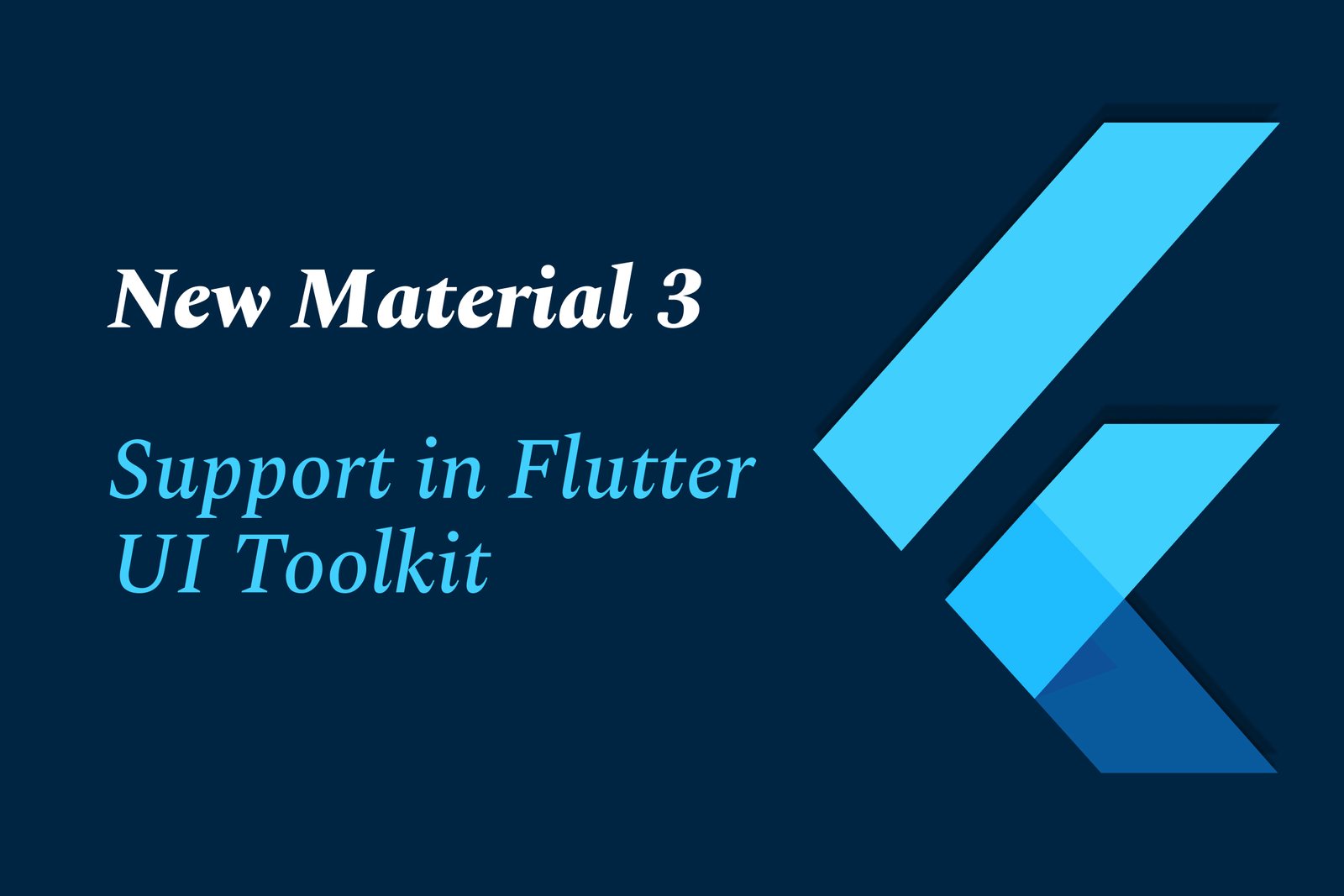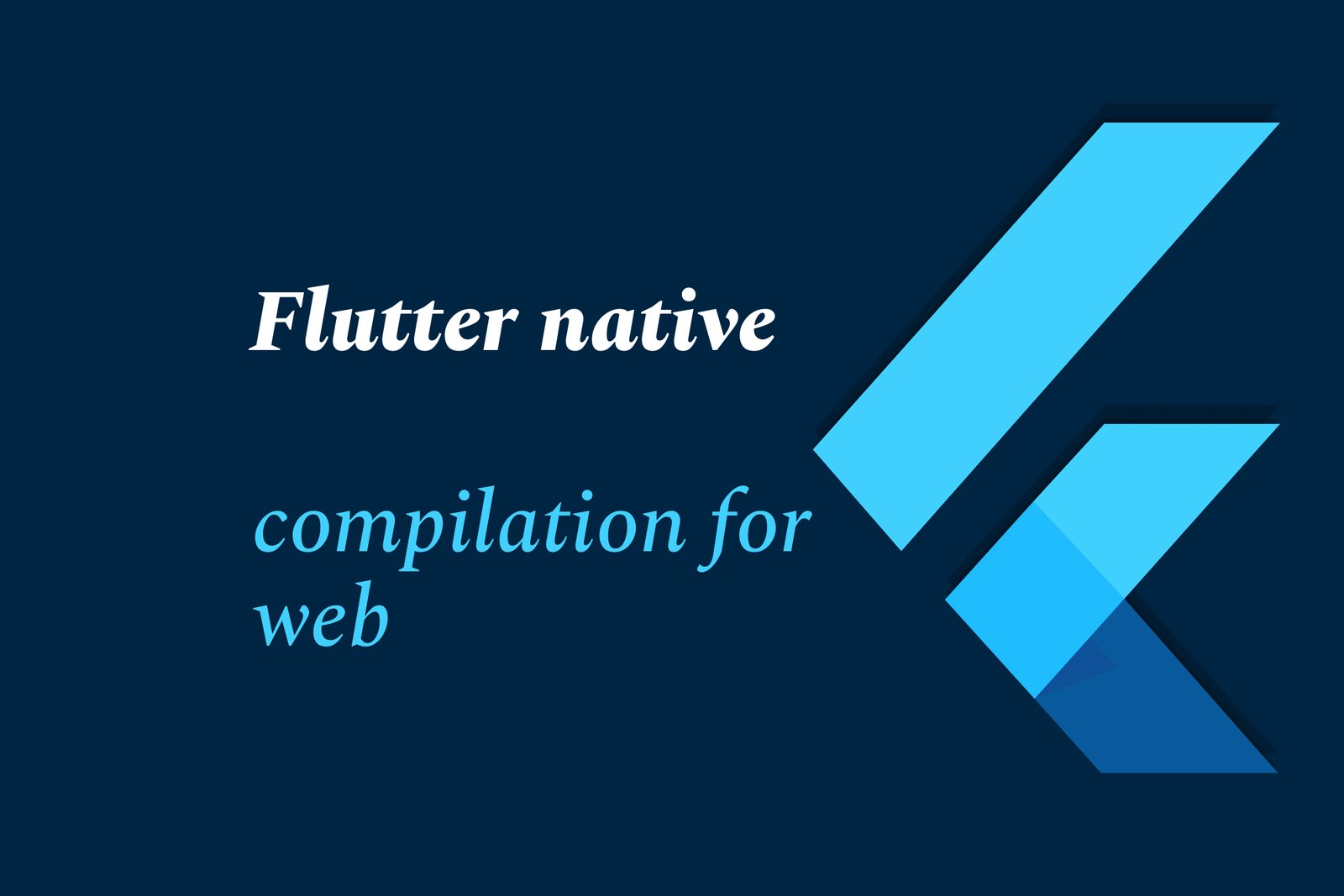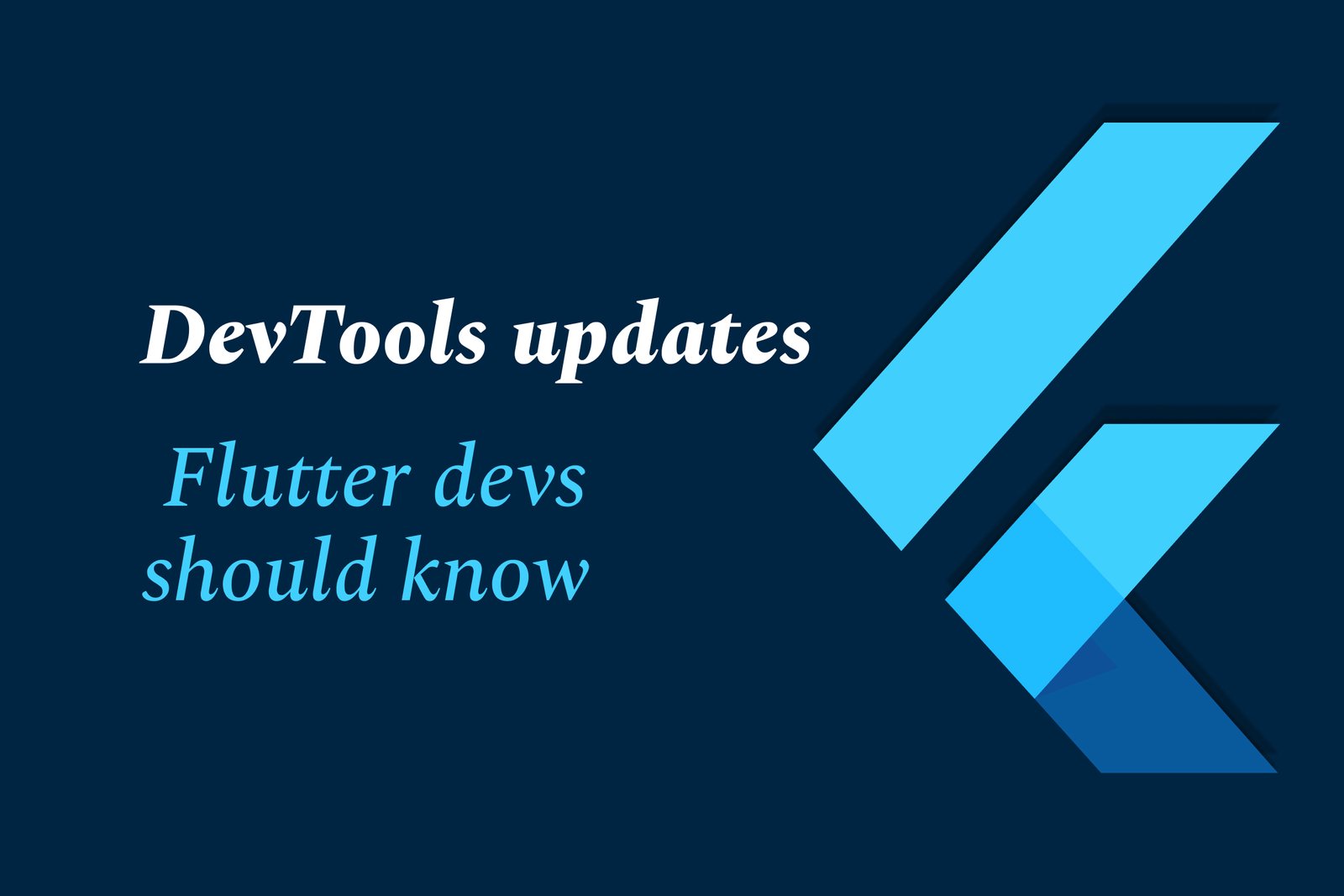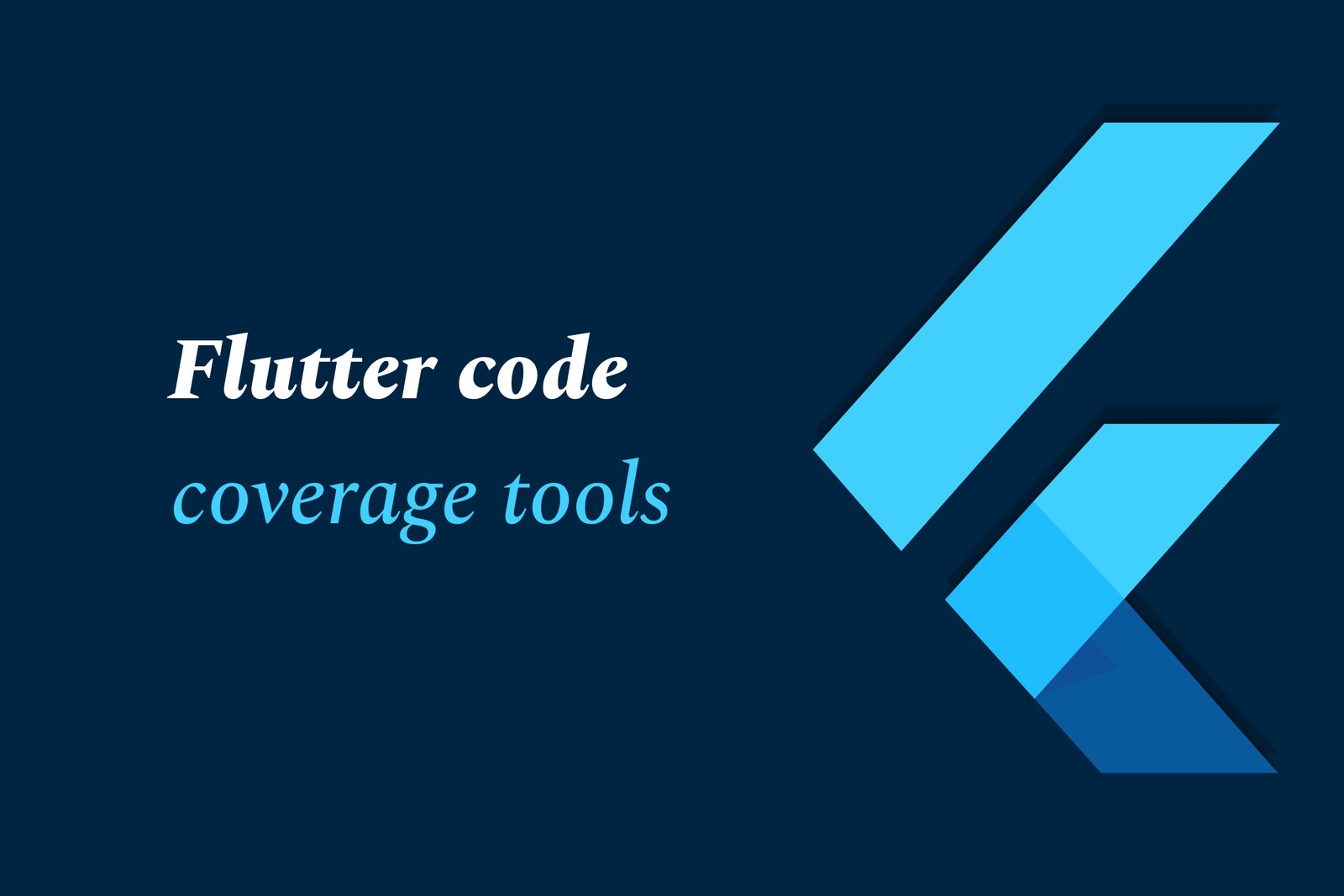New Material 3 Support in Flutter UI Toolkit
Flutter's new Material 3 support brings updated widgets and design components aligned with Google's latest Material Design guidelines, enabling developers to build modern, visually consistent, and adaptive UIs across platforms with improved customization and enhanced user experience.
New Material 3 Support in Flutter UI Toolkit
1 ) Overview of Flutter 3.7 Update
The latest Flutter 3.7 release brings significant enhancements to the popular open source UI toolkit, enabling developers to build embedded, multi platform applications from a single codebase efficiently. It compiles to native ARM or Intel machine code and JavaScript, ensuring fast performance across devices.
2 ) Introduction of Custom Menu Bars and Cascading Menus
Flutter 3.7 introduces fully customizable Material Design menu bars and cascading menus for all platforms. This includes the ability to define menu bars (MenuBar) and context menus (MenuAnchor) triggered by UI elements. Developers can use new menu item widgets such as MenuItemButton and SubmenuButton to create intricate and adaptive menu systems.
3 ) Extensive Material 3 Widgets Support
The version enhances Material 3 (M3 ) design system integration by adding support for a broad range of widgets, including:
Badge
BottomAppBar
Filled and Filled Tonal Buttons
SegmentedButton
Checkbox
Divider
Menus and DropdownMenu
Drawer and NavigationDrawer
ProgressIndicator
Radio Buttons
Slider
SnackBar
TabBar
TextFields and InputDecorator
Banner
This expansion allows Flutter developers to build visually consistent applications aligned with the latest Material Design principles.
4 ) Improved Developer Experience
Flutter 3.7 focuses on boosting productivity by supporting new debugging tools and internationalization features, further streamlining the app development process across various platforms including mobile, web, desktop, and embedded devices.
5 ) Significance for Cross Platform Application Development
By integrating enhanced Material 3 design components alongside customizable UI menus, Flutter continues reinforcing its position as a powerful toolkit for building beautiful, natively compiled cross platform apps with a cohesive and adaptive user interface.
Summary: Flutter 3.7 marks a vital update introducing comprehensive Material 3 widget support, new customizable menu systems, and enhancements in debugging and localization, all of which significantly empower developers to create rich, cross platform UI experiences from a single codebase.
https://justacademy.in/news-detail/flutter-state-management-in-2025:-what’s-trending?
https://justacademy.in/news-detail/why-flutter-developers-are-in-high-demand-in-india
https://justacademy.in/news-detail/flutter-india-summit-2025:-key-takeaways
https://justacademy.in/news-detail/how-flutter-is-dominating-cross-platform-app-development
https://justacademy.in/news-detail/ai-in-flutter:-smarter-ux-and-features
Related Posts
Top Flutter animation packages like SpinKit, Animations, and Flutter Animate simplify adding smooth, engaging animations to apps. They offer ready-made loaders, material transitions, and versatile effects, enhancing user experience with minimal code and improved UI appeal.
Flutter AI packages are rapidly gaining traction by enabling developers to easily integrate powerful AI features like machine learning and natural language processing into cross-platform apps, boosting innovation and efficiency within the growing Flutter ecosystem.
Flutter enables cross-platform desktop app development with a single codebase, offering fast UI design, native performance, and strong community support. However, it faces challenges like larger app sizes, limited desktop-specific features, and a less mature ecosystem compared to native tools.
Flutter AI combines Flutter’s cross-platform app development with AI technologies to create smart, efficient fintech and healthcare apps—enabling fraud detection, personalized finance tips, medical imaging, virtual health assistants, and automation for improved user experience and operational efficiency.
Flutter's Linux desktop support has steadily advanced, improving performance, native theming, and integration with Linux desktop environments. Collaboration with Canonical and the community is driving better window decorations, menu support, and release-ready app builds for seamless Linux app development.
Flutter is a versatile UI toolkit by Google enabling cross-platform app development, increasingly used for Smart TVs and IoT devices. It allows building native-like interfaces for diverse platforms, streamlining development despite challenges like remote navigation and platform-specific integration.
Flutter native compilation for web transforms Flutter code into efficient JavaScript and WebAssembly, enabling fast, high-performance web apps with smooth UI rendering. This approach delivers near-native speed and consistency across browsers using a single codebase.
Flutter DevTools has been updated with enhanced performance profiling, an improved widget inspector, network monitoring, Material You theming support, faster hot reload/restart, and better accessibility tools—helping developers debug and optimize Flutter apps more efficiently.
Flutter code coverage tools measure the percentage of code executed during testing, helping developers identify untested parts. Using commands like `flutter test --coverage` and tools like LCOV and VSCode extensions, they visualize coverage to improve code quality and reliability.
In 2025, Dart Pub remains a vital hub for discovering and managing Dart packages, driven by Flutter’s growth. Trends focus on enhanced cross-platform tools, improved performance, richer libraries, and rising use in innovative apps like AR, making Dart Pub essential for versatile, modern development.










